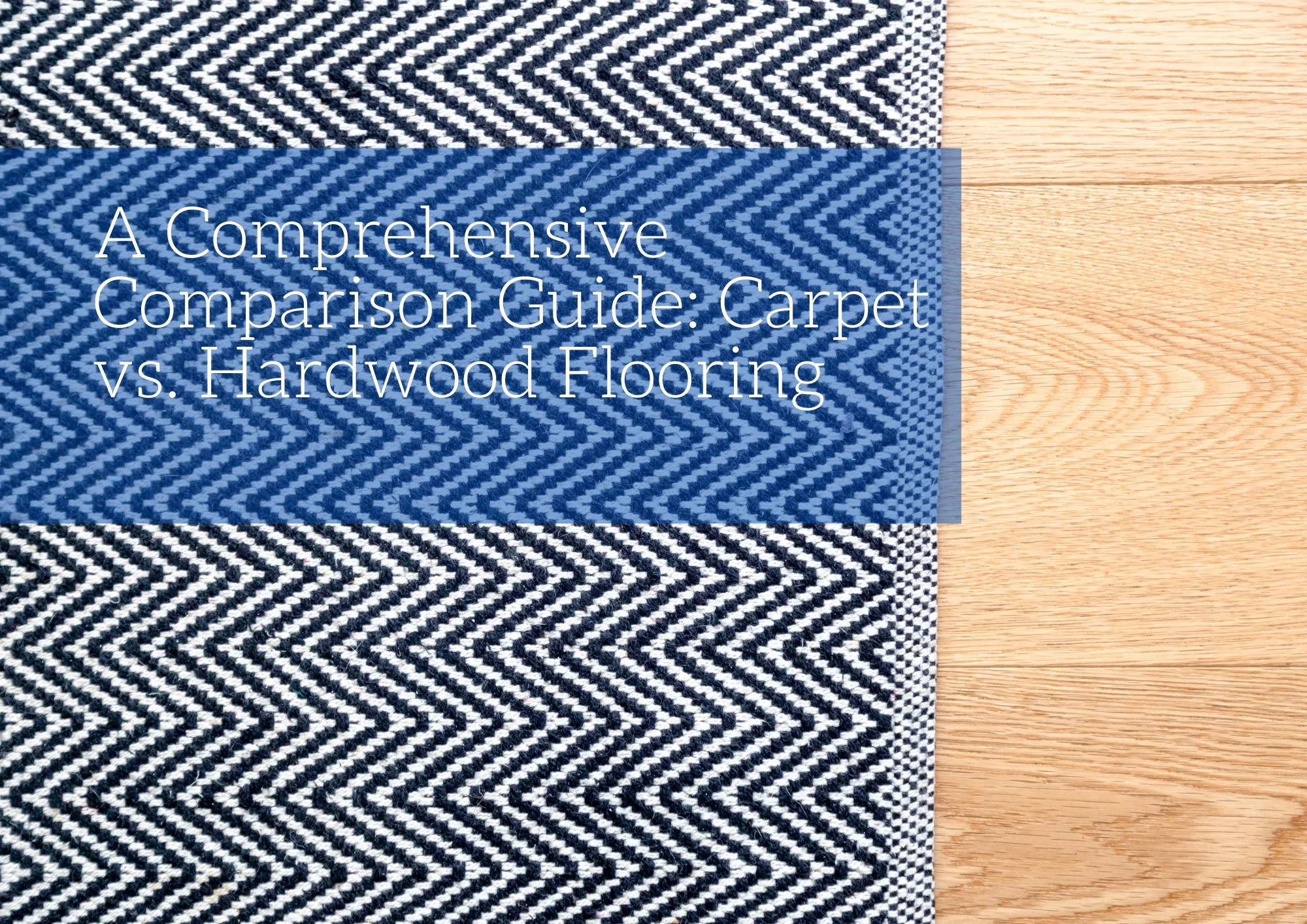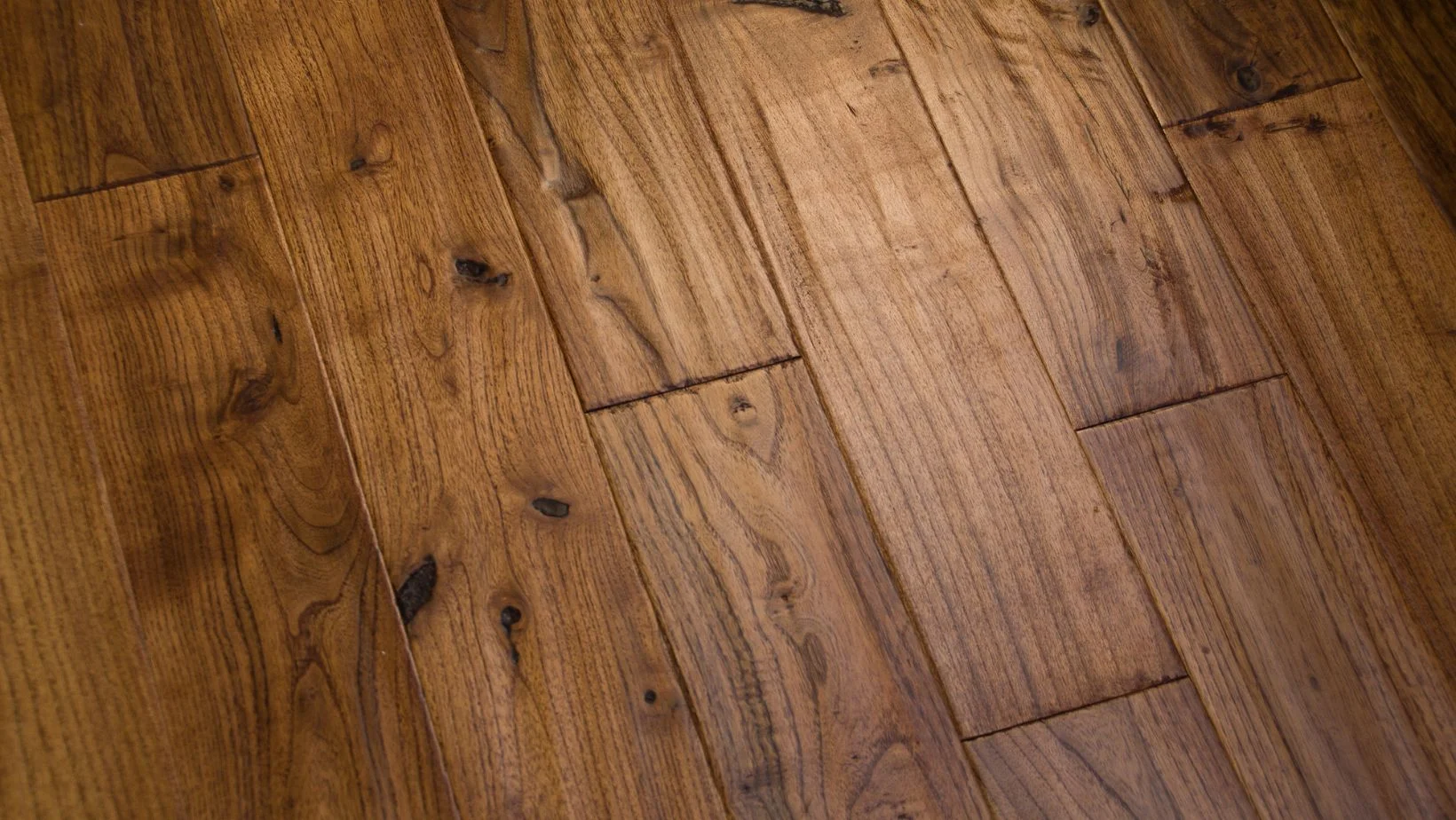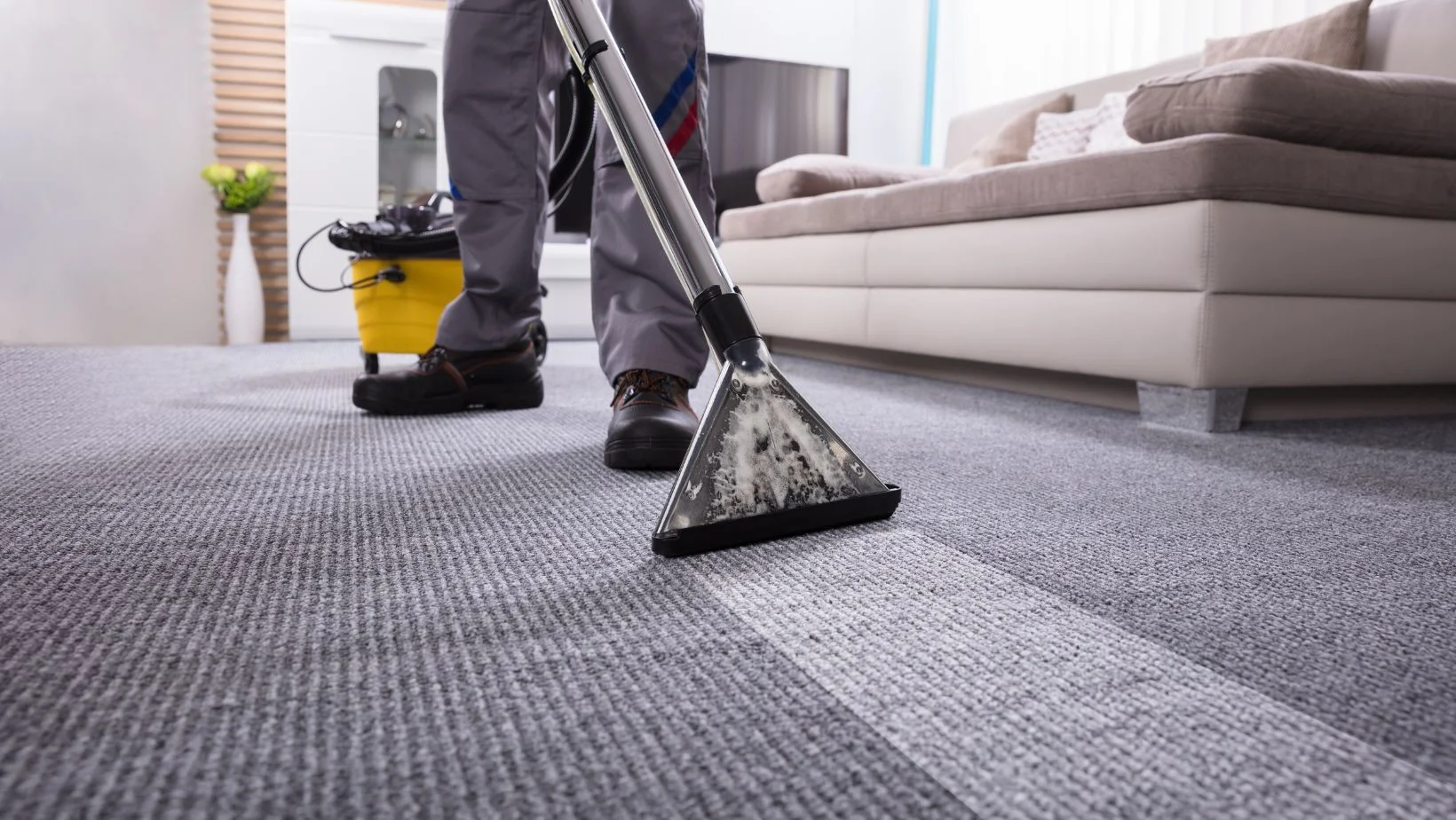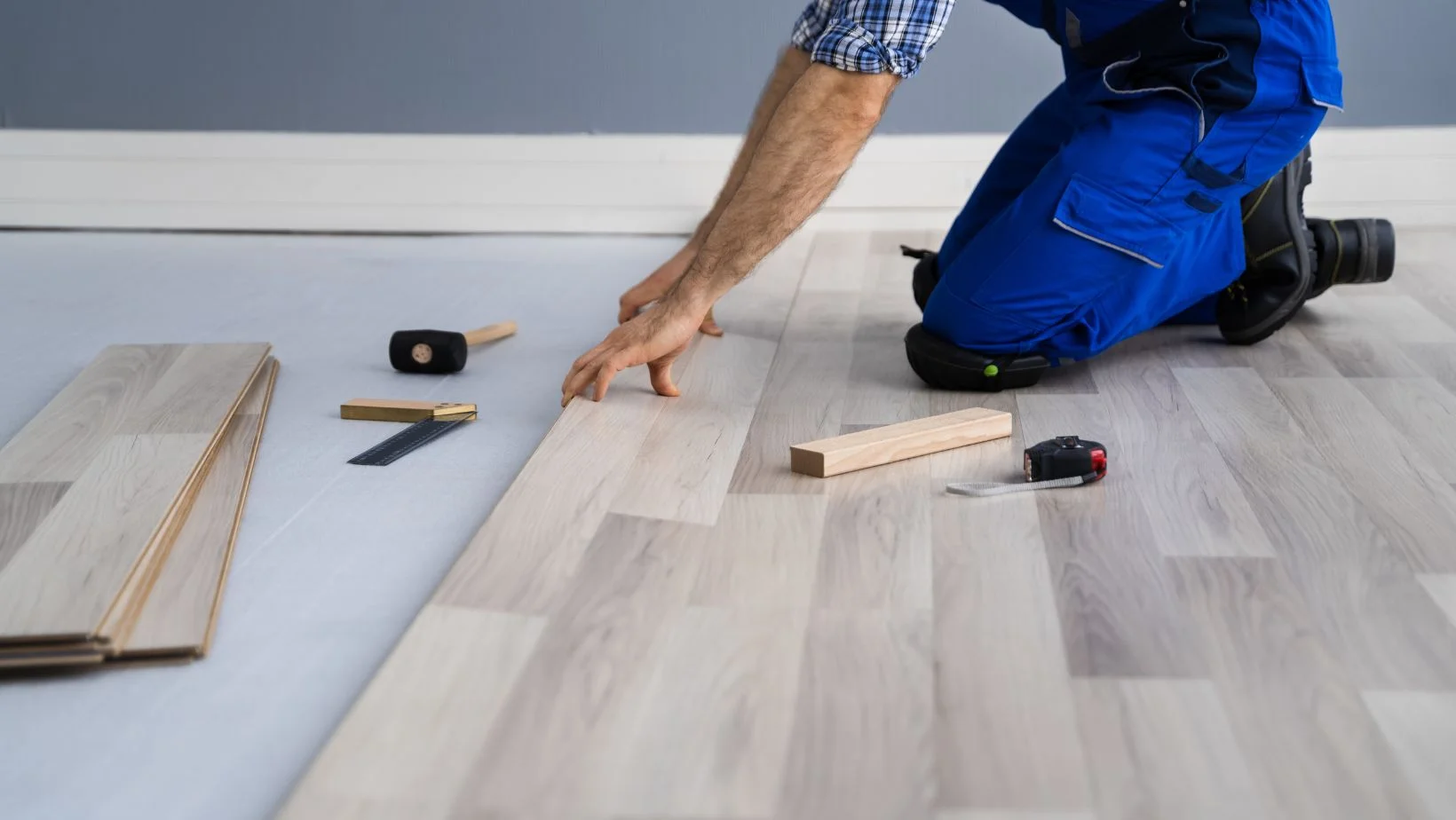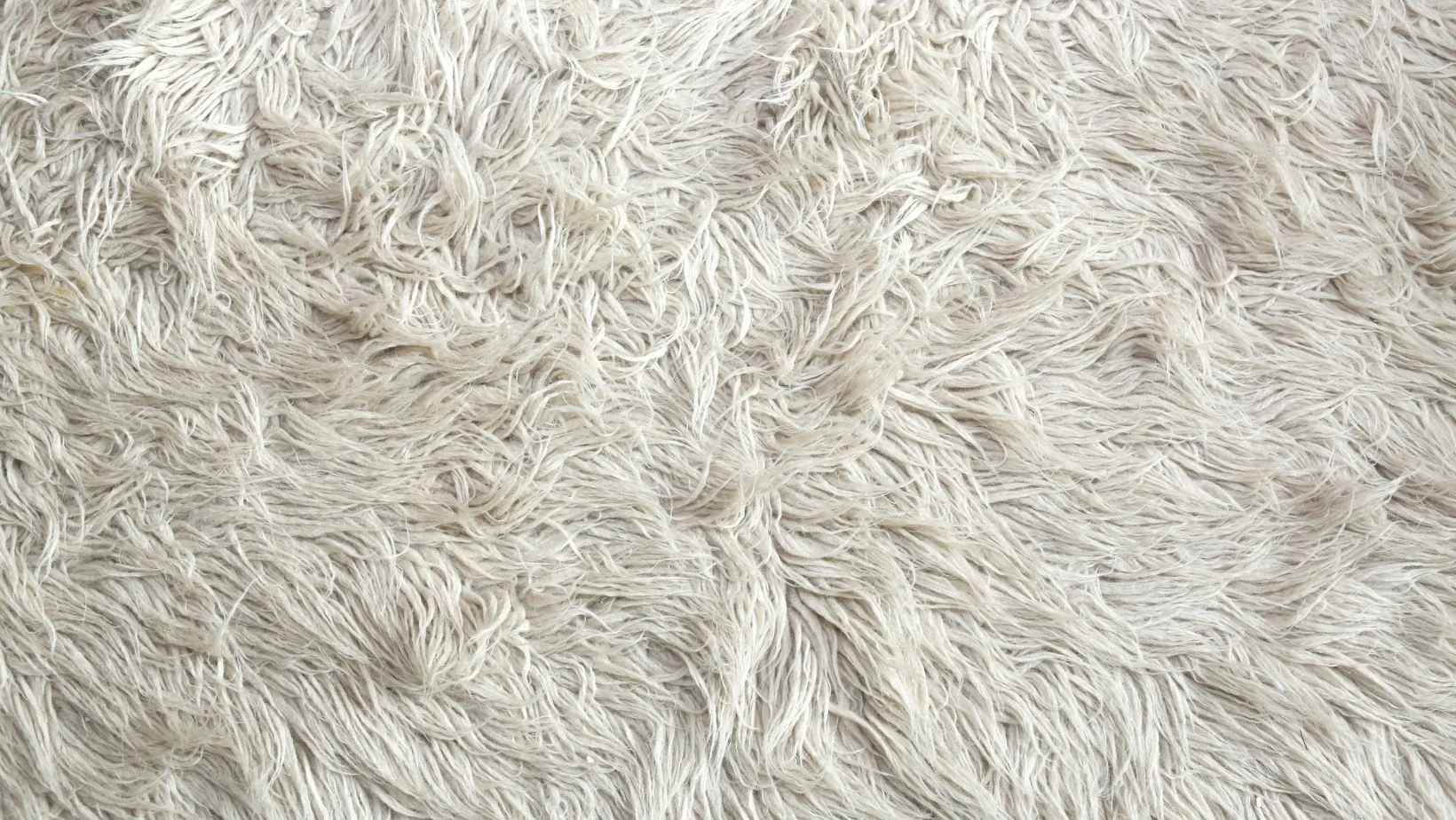Choosing the right flooring for your home is a significant decision that impacts both the aesthetics and functionality of your space. Two popular options are carpet and hardwood flooring, each with its unique advantages and drawbacks. This comprehensive guide will compare carpet and hardwood flooring and help you make an informed decision for your home by considering factors like comfort, maintenance, and durability.
Carpet vs. Hardwood Flooring
Appearance
Hardwood
Hardwood flooring exudes timeless elegance, showcasing natural wood tones and a captivating grain pattern that varies by species. From the warmth underfoot to the subtle sound of footsteps, it creates a sensory experience that complements any home.
Carpet
While hardwood boasts classic beauty, carpet offers a spectrum of color, texture, and plush comfort. From vibrant hues to luxurious textures, carpet creates a design element on its own. Unlike hardwood, carpet softens the look and feel of a space, bringing a sense of warmth and coziness.
Cleaning and Maintenance
Hardwood
Hardwood floors shine when it comes to cleaning. Sweeping or vacuuming effortlessly tackles loose dirt, while a quick mop with a wood cleaner vanquishes most stains and deep-seated grime. This ease of maintenance makes them a practical choice for busy households.
Carpet
Maintaining carpet cleanliness requires regular vacuuming. While some worry about deep stains or trapped allergens, modern carpets with synthetic fibers often resist stains and can be effectively cleaned with proper techniques. Additionally, HEPA-filtered vacuums and professional deep cleaning can significantly reduce allergens and remove even the toughest stains.
Resistance to Water and Heat
Hardwood
Wood floors are susceptible to water damage, so high-moisture areas like bathrooms are best suited for other materials. However, kitchens can work well if spills are addressed promptly. Basements with concrete slabs often have moisture issues that can harm traditional wood floors. Engineered wood, however, can be a more resilient option in these situations. While intense heat can leave marks, light scorch marks on hardwood can often be sanded and refinished, restoring their beauty.
Carpet
Modern synthetic carpets offer good water resistance. However, it’s important to prevent water from seeping through the backing, as mold can grow underneath. For this reason, carpet isn’t ideal for moisture-prone areas like bathrooms or kitchens. Additionally, heat from hot objects or fires can damage carpets and potentially release harmful gasses.
Installation
Hardwood
Hardwood floors are installed with a touch of finesse. Each row of planks, starting from the longest wall, clicks into place using a tongue-and-groove system. Nails or staples secure the planks to the underlying joists, driven discreetly at an angle. Unfinished planks are sanded, stained, and protected with a gleaming coat of polyurethane, often applied in multiple layers. However, pre-finished options are becoming increasingly popular, offering a beautiful, ready-to-walk-on solution. While professional installation is recommended, some DIY enthusiasts might be up for the challenge.
Carpet
Carpet installation involves a meticulous process. First, a cushioned underlayment is secured with staples, followed by tack strips meticulously nailed around the room’s edge. The carpet itself is then unfurled, expertly stretched to ensure a smooth, even surface, and finally hooked onto the tack strips around the perimeter. Special tools ensure precise cuts and perfect tension. Joining seams often involves heat-activated tape for a flawless finish. Due to the precision required, this installation process is usually left to professional carpet installers.
Lifespan
Hardwood
Hardwood flooring can survive for 100 years.
Carpet
Carpets are often replaced every 10 years or less.
Sound and Comfort
Hardwood
Hardwood floors offer timeless beauty and practicality, but noise can be a concern. Wooden floors often begin to creak over time and may sound hollow underfoot.
While footsteps might be audible to those downstairs, hardwood shines in terms of allergy relief. Unlike carpet, which traps dust and allergens, hardwood allows for easy cleaning and damp mopping to remove these irritants.
Environmentally conscious homeowners also favor hardwood. Most carpets are made from synthetic materials, whereas hardwood is a natural, renewable resource. Sustainable forestry practices ensure responsible tree harvesting and replenishment.
Carpet
Carpet offers the undeniable comfort of a plush surface, perfect for bare feet in bedrooms, children’s rooms, and living areas where relaxation is key. Even on chilly mornings, carpet provides significant warmth compared to hardwood. Dense carpeting with quality padding can achieve an R-value of 4 or more, making the warmth a tangible benefit.
Beyond comfort, carpet excels at sound absorption, dampening noise throughout the room. It also creates a safer environment, especially for children and the elderly, as its cushioned surface minimizes the impact of falls and protects against shattered objects.
However, carpets can be a double-edged sword for allergy sufferers. While it provides comfortable softness, it also traps dust mites and allergens. Additionally, some carpet materials contain chemicals that might trigger sensitivities. Finally, carpet isn’t considered an eco-friendly flooring option compared to greener materials like hardwood.
Ultimately, the best flooring choice for your home depends on your lifestyle, priorities, and budget. Carpets offer unparalleled comfort, warmth, and sound absorption, making them ideal for cozy living spaces. Hardwood flooring provides timeless beauty, easy cleaning, and a hypoallergenic surface. Consider the pros and cons of each option in the context of your specific needs to create an inviting and functional space that reflects your taste.


